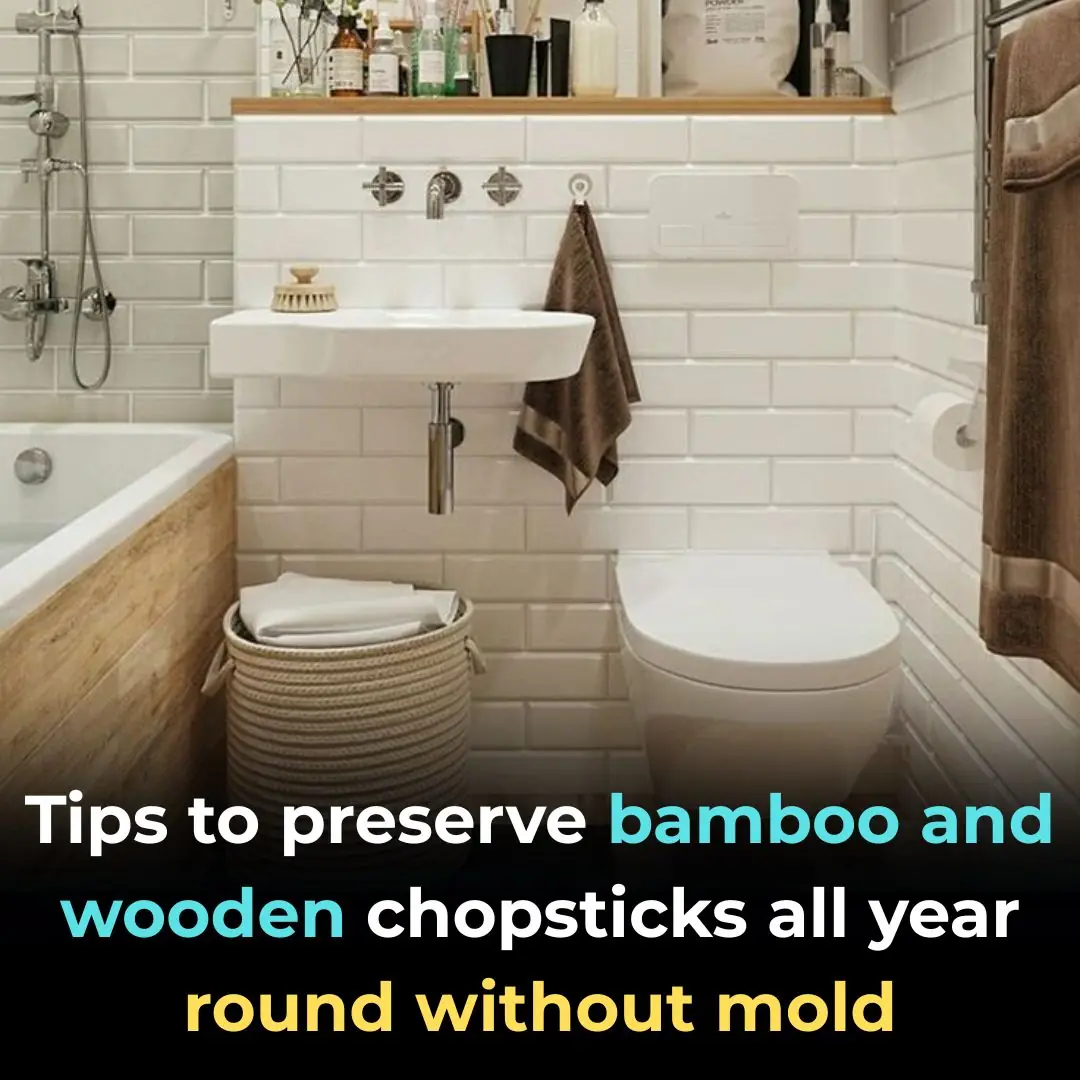
The air conditioner only has wind but is not cool. If you do this, it will be 'cold'. No need to call a costly technician.

Why Your Air Conditioner Blows Air but Doesn’t Cool — and How to Fix It
An air conditioner is an essential appliance during hot summer days. However, many people encounter a frustrating problem: the AC runs and blows air, yet the room doesn’t feel cool. Even when you set it to Cool Mode, lower the temperature, and turn the fan to its highest level, the air may still feel warm and stuffy.
Why Does This Happen?
According to distributors and experienced technicians, the most common reason your air conditioner is running but not cooling properly is a dirty air filter. Over time, dust and debris accumulate on the filter, blocking airflow between the unit and your living space. This buildup restricts cool air from circulating effectively, reducing overall cooling performance.
A repair shop owner on Luong The Vinh Street (Hanoi) shared that around 70% of the air conditioners his team checks for poor cooling are found to have dirty indoor or outdoor coils. When both the indoor and outdoor units are covered with dirt, the AC must work much harder to maintain the desired temperature. This not only increases power consumption but also creates loud, unpleasant noises.
The Hidden Cost of a Dirty Filter
Home appliance experts point out that even a small amount of dust buildup can significantly affect your AC’s efficiency. Research shows that an air conditioner’s performance may decrease by 1% each week if the air filter isn’t cleaned. Over time, a clogged filter can reduce airflow, slow cooling, and increase energy use by 5–15% compared to a clean system. In the long run, this can lead to higher electricity bills and shorten the unit’s lifespan.
When to Clean Your AC Filter
If your air conditioner isn’t cooling as effectively as before or makes strange noises, the first thing to check is the air filter. You can easily remove and clean it after a period of use.
Technicians recommend cleaning household AC filters every 3–4 months if used daily. For systems used less frequently, every 6 months may be sufficient.
In commercial settings such as offices, restaurants, or factories, filters should be cleaned once a month due to higher operating hours and dustier environments.
How to Clean Your Air Conditioner Filter
Most of the dust in an air conditioner collects on the air filter, aluminum fins, and air vents inside the indoor unit. For the outdoor unit, dirt often gathers around the fan blades and inner corners.
Cleaning can be done at different levels, depending on how long it’s been since the last maintenance. If your air conditioner hasn’t been serviced in a long time, it’s best to call a professional technician. They will use specialized tools—such as a high-pressure water sprayer—to clean the coils, aluminum fins, and other internal components thoroughly.
However, if you maintain your AC regularly, you can clean the filters yourself by following these simple steps:
Step-by-Step Cleaning Guide
Step 1: Turn off the power completely. Unplug the unit or switch off the circuit breaker to ensure safety before you begin.
Step 2: Open the front panel of the indoor unit and carefully remove the air filter. Most indoor units have two removable filters.
Step 3: Clean the filter with water and a soft brush. Avoid using harsh detergents or scrubbing too hard, as this could damage the mesh.
Step 4: Dry the filter. Wipe it gently with a clean cloth and let it air dry completely before reinstalling. You can also use a dry cloth or brush to remove dust from other accessible parts of the indoor unit.
Step 5: Reinstall the filter and close the front panel securely.
Once everything is reassembled, turn the air conditioner back on and test its cooling. If the air still feels warm or there’s little airflow, it may indicate a deeper issue, such as refrigerant leakage, malfunctioning compressor, or blocked coils. In that case, contact a professional service provider for inspection and repair.
Additional Maintenance Tips
-
Use a protective cover for your outdoor unit if it’s exposed to rain or direct sunlight.
-
Avoid setting the temperature too low (below 22°C or 72°F) for long periods — it strains the system and consumes more energy.
-
Keep doors and windows closed while the AC is running to prevent cool air from escaping.
-
Schedule a full professional maintenance at least once a year before summer begins. This ensures your system operates efficiently and prevents unexpected breakdowns.
By maintaining a clean air filter and following regular cleaning routines, your air conditioner will not only cool faster and save electricity but also provide a more comfortable and healthy living environment all summer long.
News in the same category

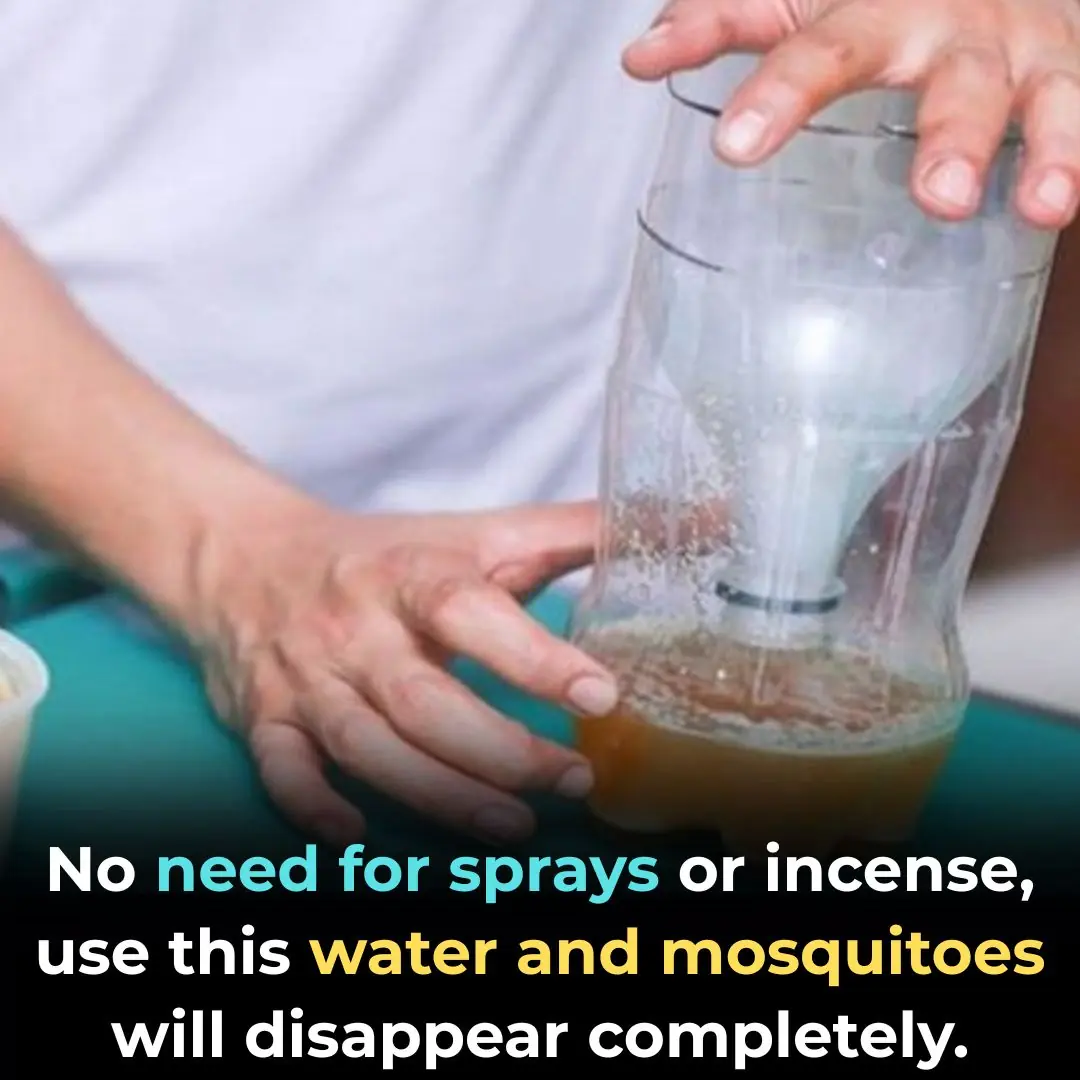
No need for sprays or incense, use this water and mosquitoes will disappear completely.

When cooking bitter melon soup, just add this one thing to ensure the dish is both delicious and nutritious.
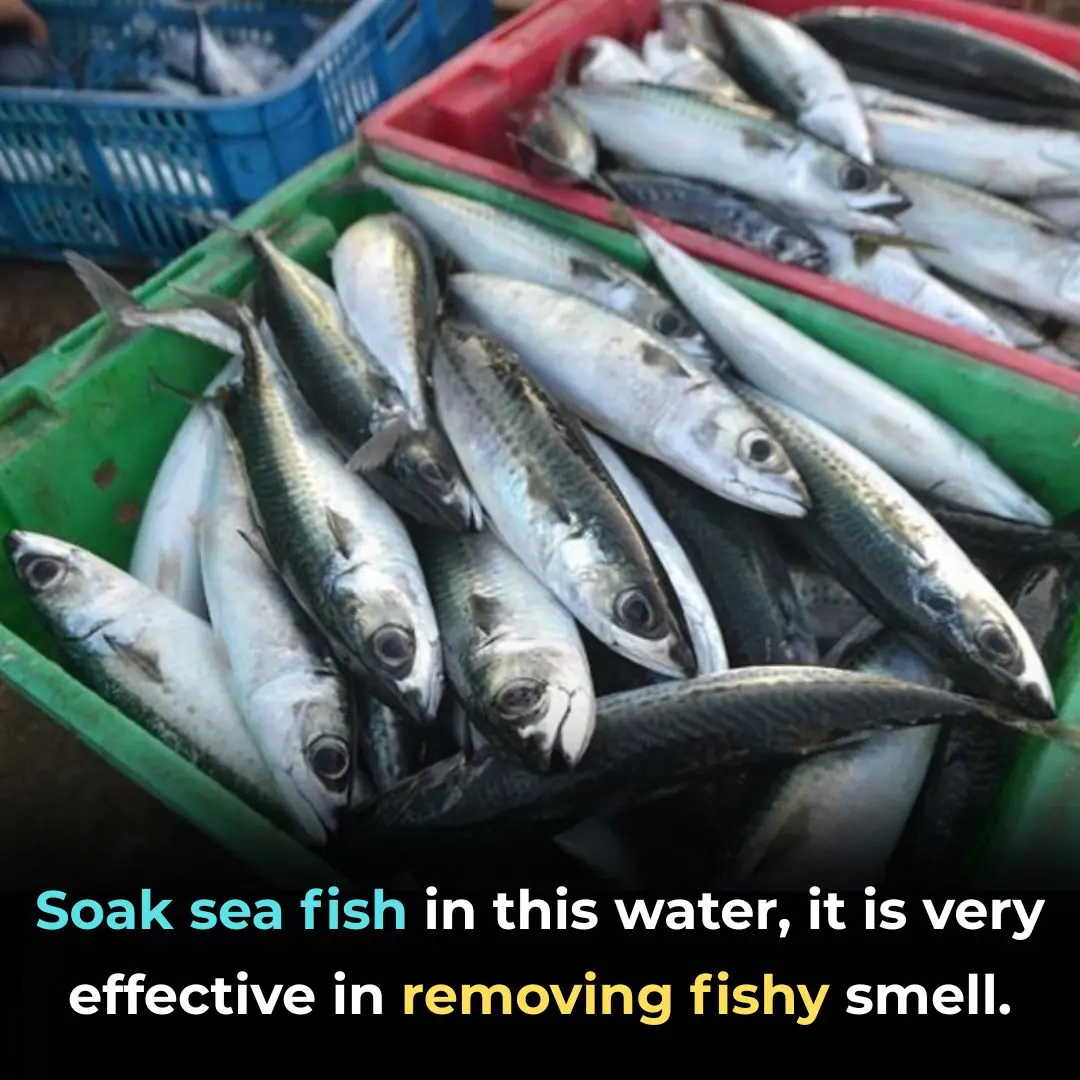
Soak sea fish in this water, it is very effective in removing fishy smell.

Bought ginger and it withered not long ago. Follow these 3 methods to keep it fresh for half a year.
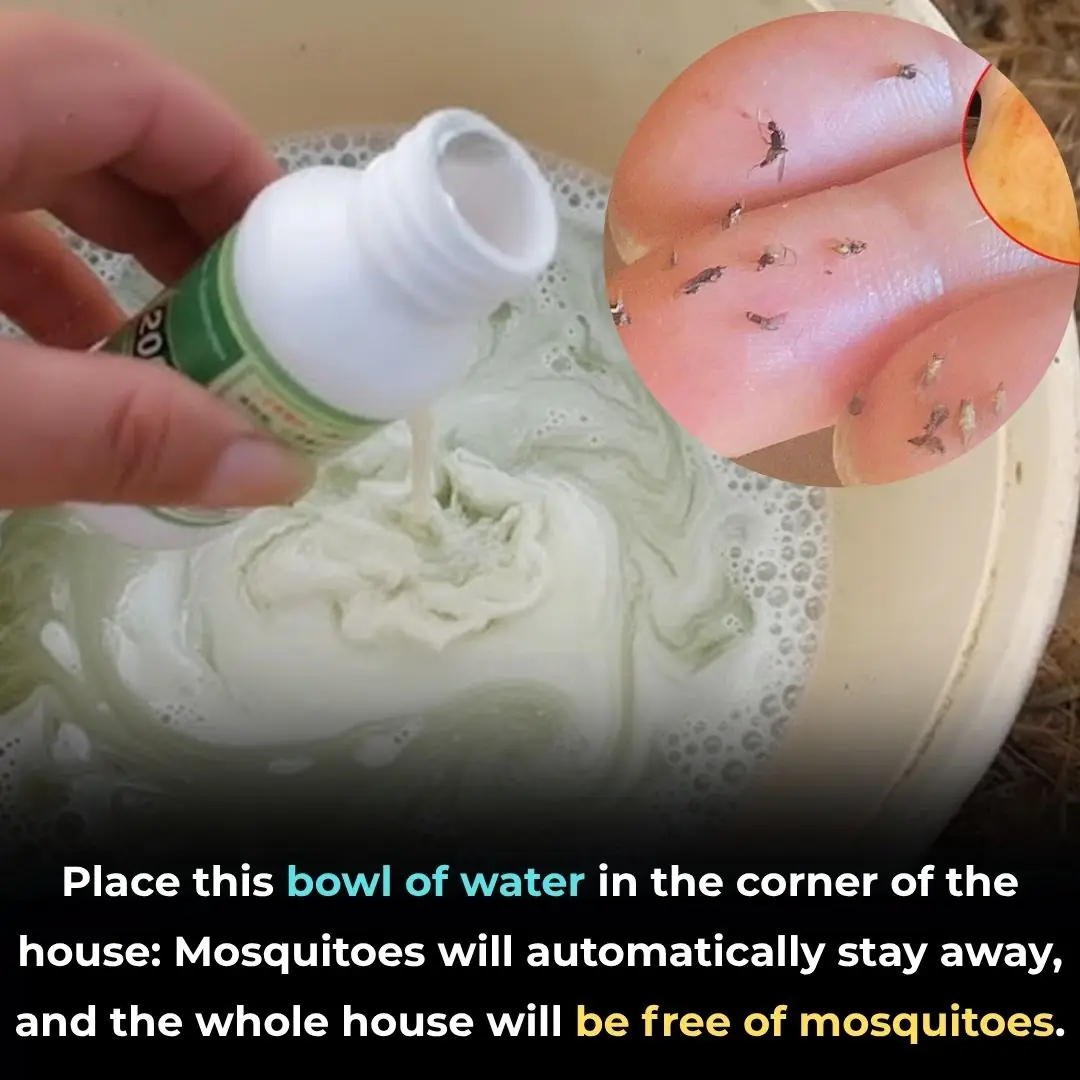
Place this bowl of water in the corner of the house: Mosquitoes will automatically stay away, and the whole house will be free of mosquitoes.
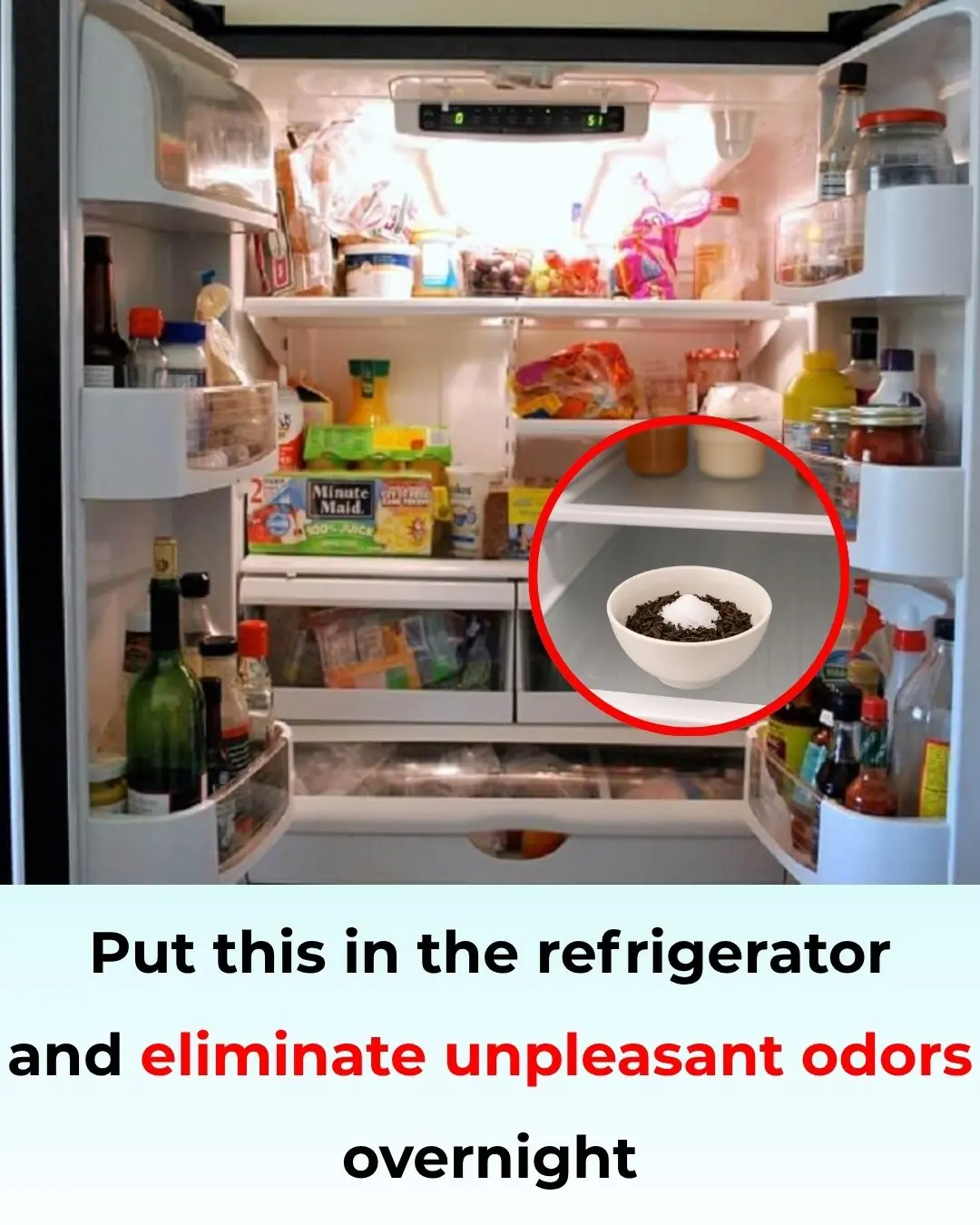
Put These Items in Your Refrigerator to Eliminate Unpleasant Odors After Just One Night
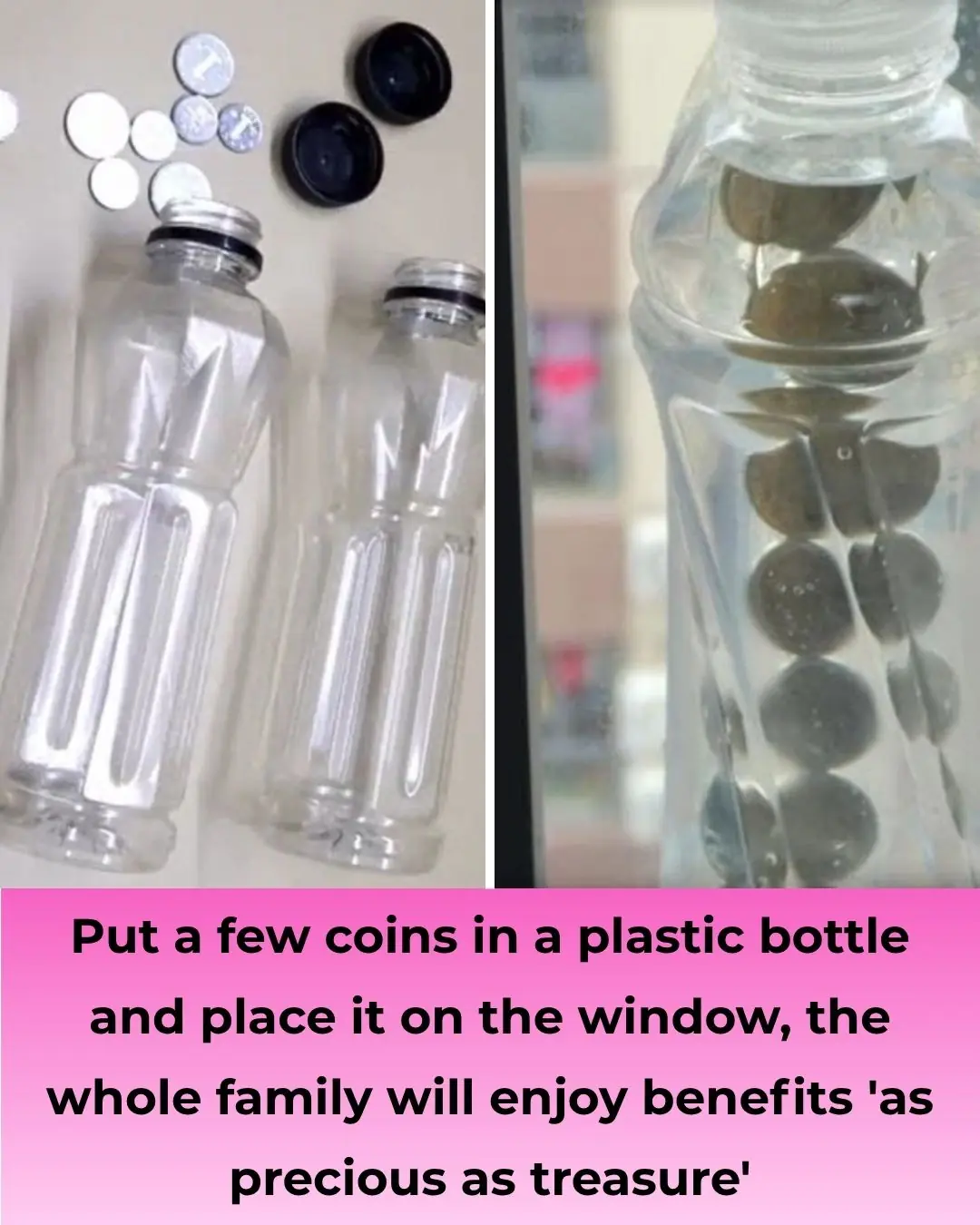
Putting a Few Coins in a Plastic Bottle and Placing It on the Window: The Whole Family Benefits ‘Like a Treasure’
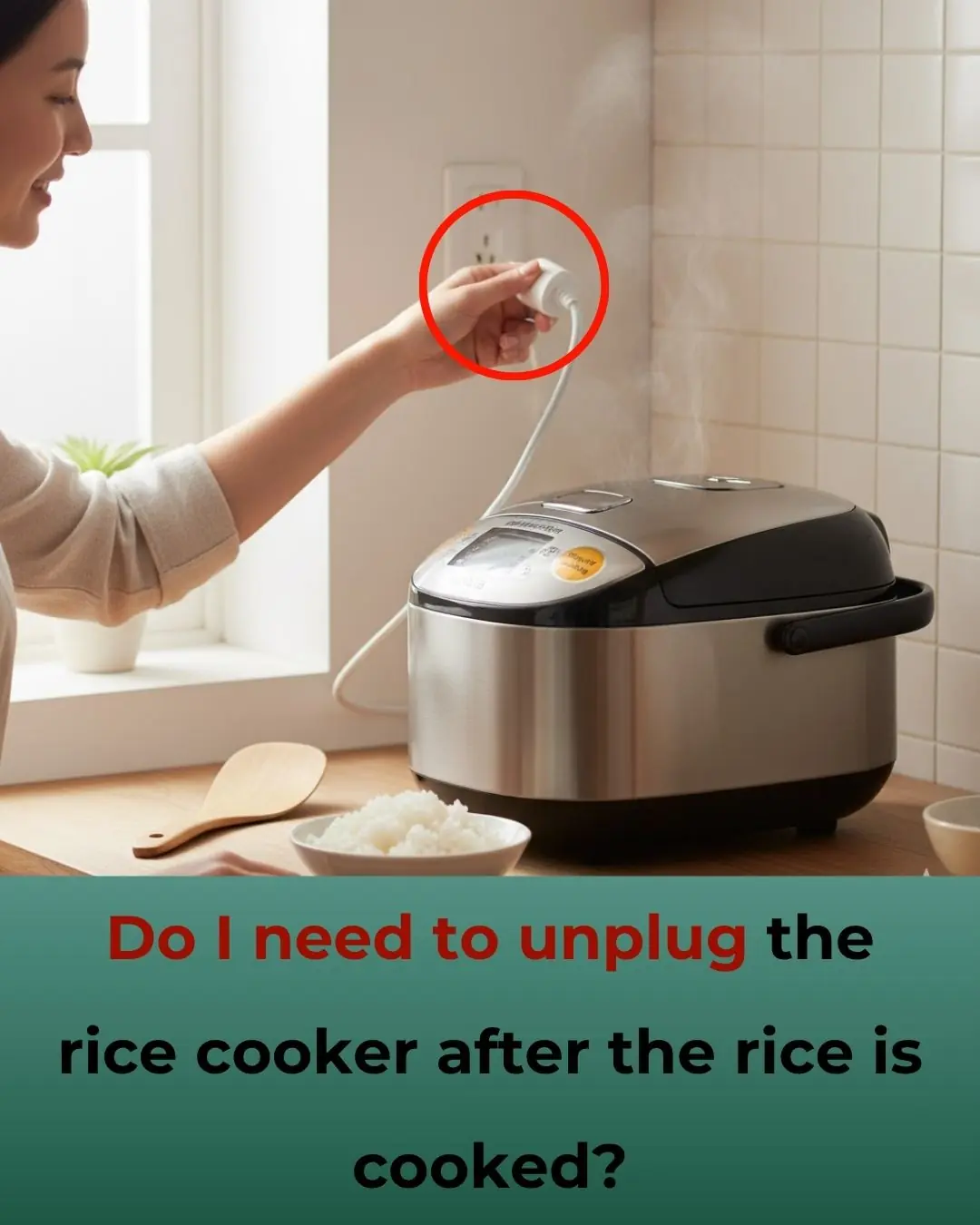
Do You Need to Unplug the Rice Cooker After the Rice Is Cooked?

Why should you put your suitcase in the bathroom when checking into a hotel: Extremely important reason, those who don't know are at a disadvantage
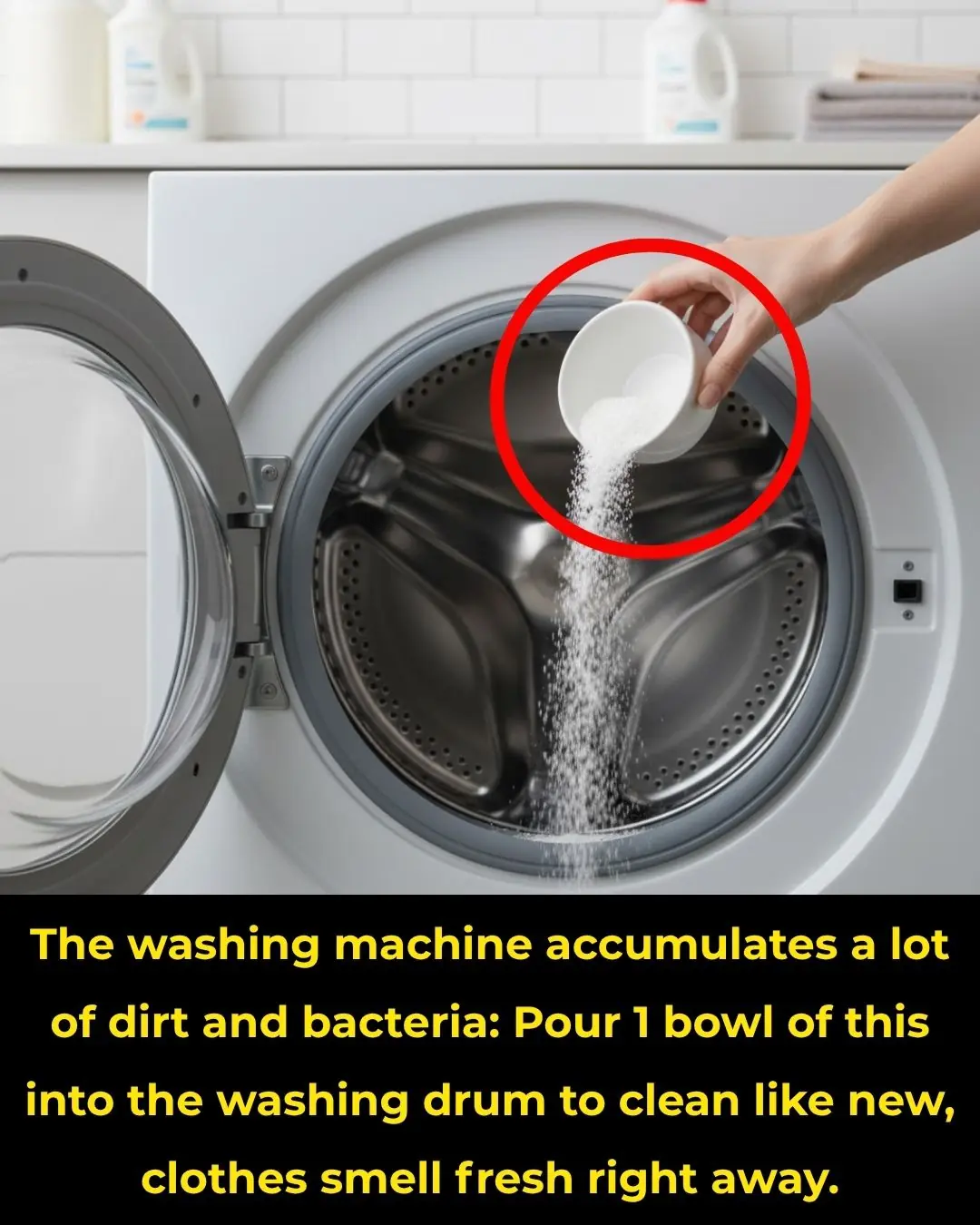
The washing machine accumulates a lot of dirt and bacteria: Pour 1 bowl of this into the washing drum to clean like new, clothes smell fresh right away
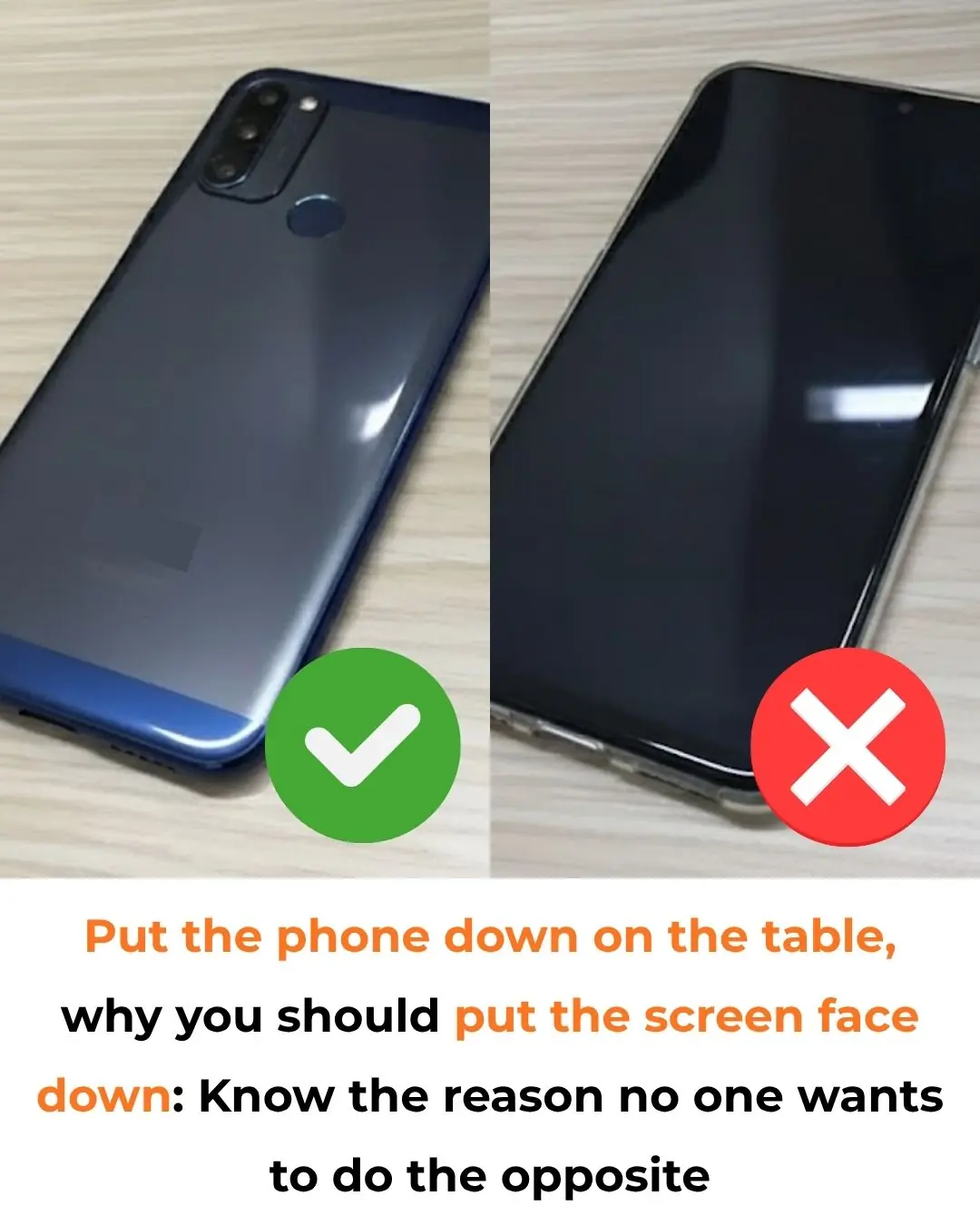
Put the phone down on the table, why you should put the screen face down: Know the reason no one wants to do the opposite

Crush a handful of these leaves and put them in the room, all the mosquitoes will fly away, so you can sleep with peace of mind
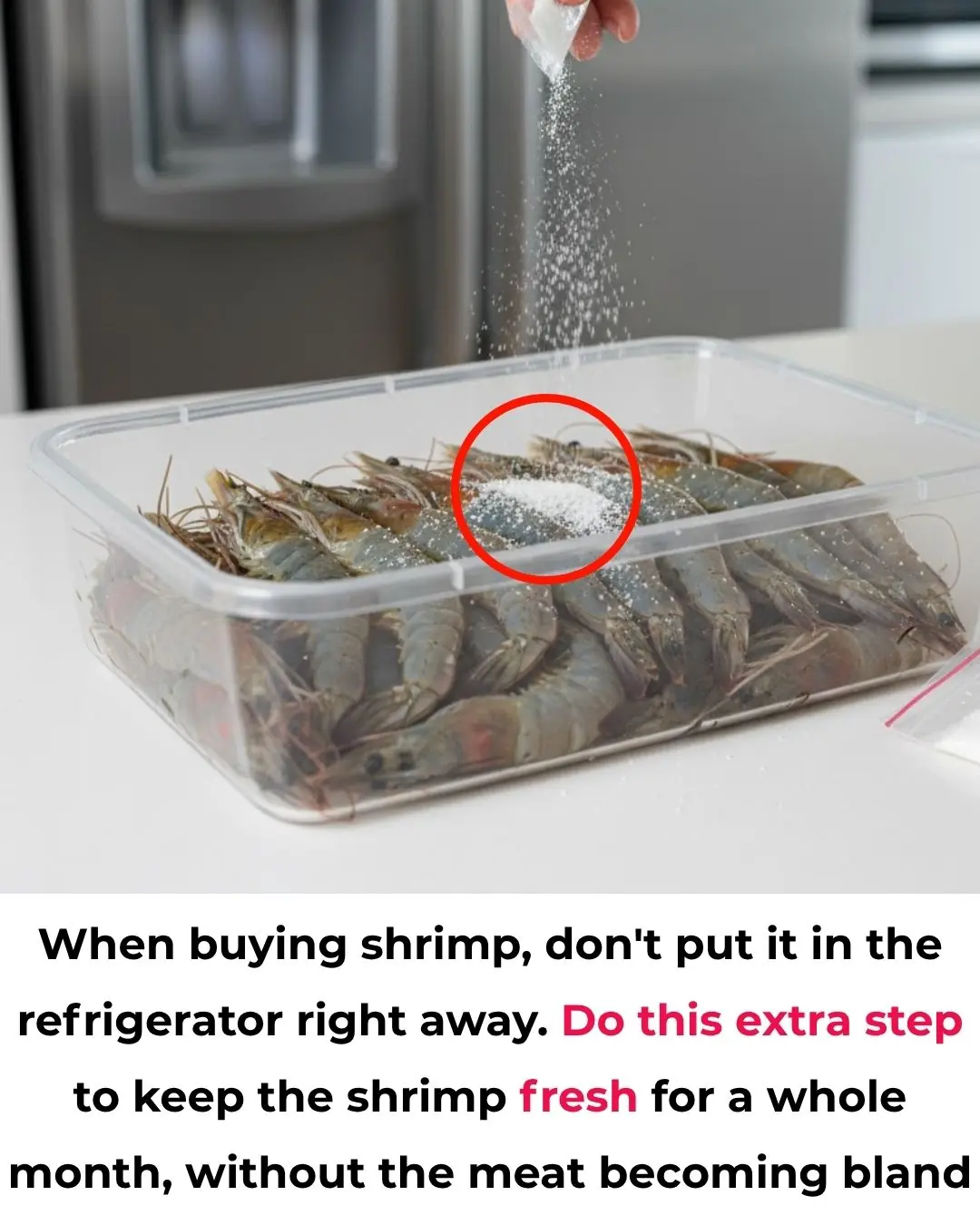
Don’t Just Put Shrimp Straight into the Fridge! Do This Extra Step and Keep Shrimp Fresh and Delicious for Up to a Month Without Losing Flavor

Cheap and Easy Ways to Clean Greasy Kitchen Wall Tiles Using Everyday Ingredients

These 3 Types of "Lumps" on Your Body Could Be Cancer – Don't Ignore Them at Any Age, Regardless of Gender

Miracles happen when you put a handful of peppercorns under the bed, unfortunately I just found out now
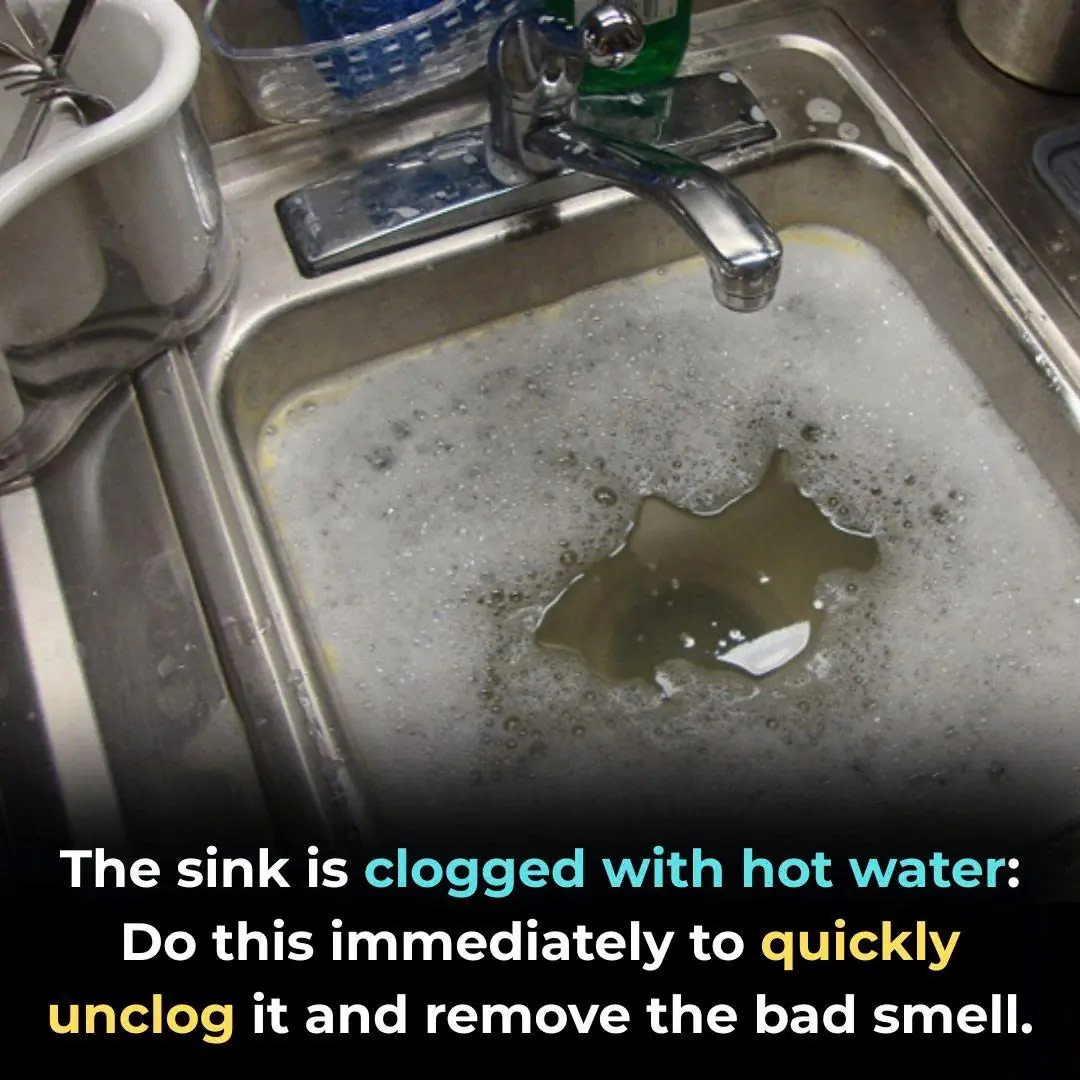
The sink is clogged with hot water: Do this immediately to quickly unclog it and remove the bad smell.

How to grow sweet potatoes in soil bags using potato sprouts
News Post

The Stray Dog Who Stole Bread—and Won Hearts

Lulu Gribbin: One Year After the Shark Attack, A Message of Gratitude and Strength

Ginger, Watermelon, and Beetroot Juice: 15-Day Natural Kidney Cleanse

Tips to preserve bamboo and wooden chopsticks all year round without mold

No need for sprays or incense, use this water and mosquitoes will disappear completely.

When cooking bitter melon soup, just add this one thing to ensure the dish is both delicious and nutritious.

Soak sea fish in this water, it is very effective in removing fishy smell.

Bought ginger and it withered not long ago. Follow these 3 methods to keep it fresh for half a year.

Place this bowl of water in the corner of the house: Mosquitoes will automatically stay away, and the whole house will be free of mosquitoes.

Life, Gratitude, and a Tiara: Stacy’s Story of Resilience

“Inch by Inch, Prayer by Prayer: A Mother’s Faith and a Family’s Fight to Bring Kain Home”

San Antonio Bids Farewell to Its Brightest Little Star

Champ the Two-Legged Chihuahua: A Tiny Hero Who Saved His Owner’s Life

When Dolphins Became Guardians: The Day Four Swimmers Were Saved from a Great White

KEVIN’S MIRACLE: A LITTLE BOY’S COURAGE AND A FAMILY’S UNBREAKABLE HOPE 💛🎗️

Illegal Zoo in Singapore Exposed as Hub for Underground Betting Ring

A Mother’s Desperate Plea: Help Save Milena’s Life Before It’s Too Late

What Happens to Your Body When You Stop Eating
